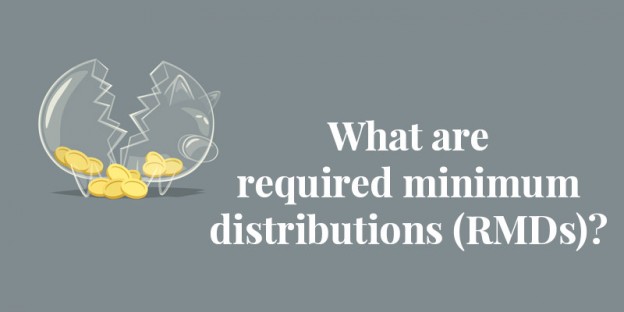Traditional IRAs and employer retirement plans such as 401(k)s and 403(b)s offer several tax advantages, including the ability to defer income taxes on both contributions and earnings until they’re distributed from the plan.

But, unfortunately, you can’t keep your money in these retirement accounts forever. The law requires that you begin taking distributions, called “required minimum distributions” or RMDs, when you reach age 70½ (or in some cases, when you retire), whether you need the money or not. (Minimum distributions are not required from Roth IRAs during your lifetime.)
Your IRA trustee or custodian must either tell you the required amount each year or offer to calculate it for you. For an employer plan, the plan administrator will generally calculate the RMD. But you’re ultimately responsible for determining the correct amount. It’s easy to do. The IRS, in Publication 590-B, provides a chart called the Uniform Lifetime Table. In most cases, you simply find the distribution period for your age and then divide your account balance as of the end of the prior year by the distribution period to arrive at your RMD for the year.
For example, if you turn 76 in 2016, your distribution period under the Uniform Lifetime Table is 22 years. You divide your account balance as of December 31, 2015, by 22 to arrive at your RMD for 2016.
The only exception is if you’re married and your spouse is more than 10 years younger than you. If this special situation applies, use IRS Table II (also found in Publication 590-B) instead of the Uniform Lifetime Table. Table II provides a distribution period that’s based on the joint life expectancy of you and your spouse.
If you have multiple IRAs, an RMD is calculated separately for each IRA. However, you can withdraw the required amount from any of your IRAs. Inherited IRAs aren’t included with your own for this purpose. (Similar rules apply to Section 403(b) accounts.) If you participate in more than one employer retirement plan, your RMD is calculated separately for each plan and must be paid from that plan.
Remember, you can always withdraw more than the required amount, but if you withdraw less you will be hit with a penalty tax equal to 50% of the amount you failed to withdraw.
Important Disclosure


